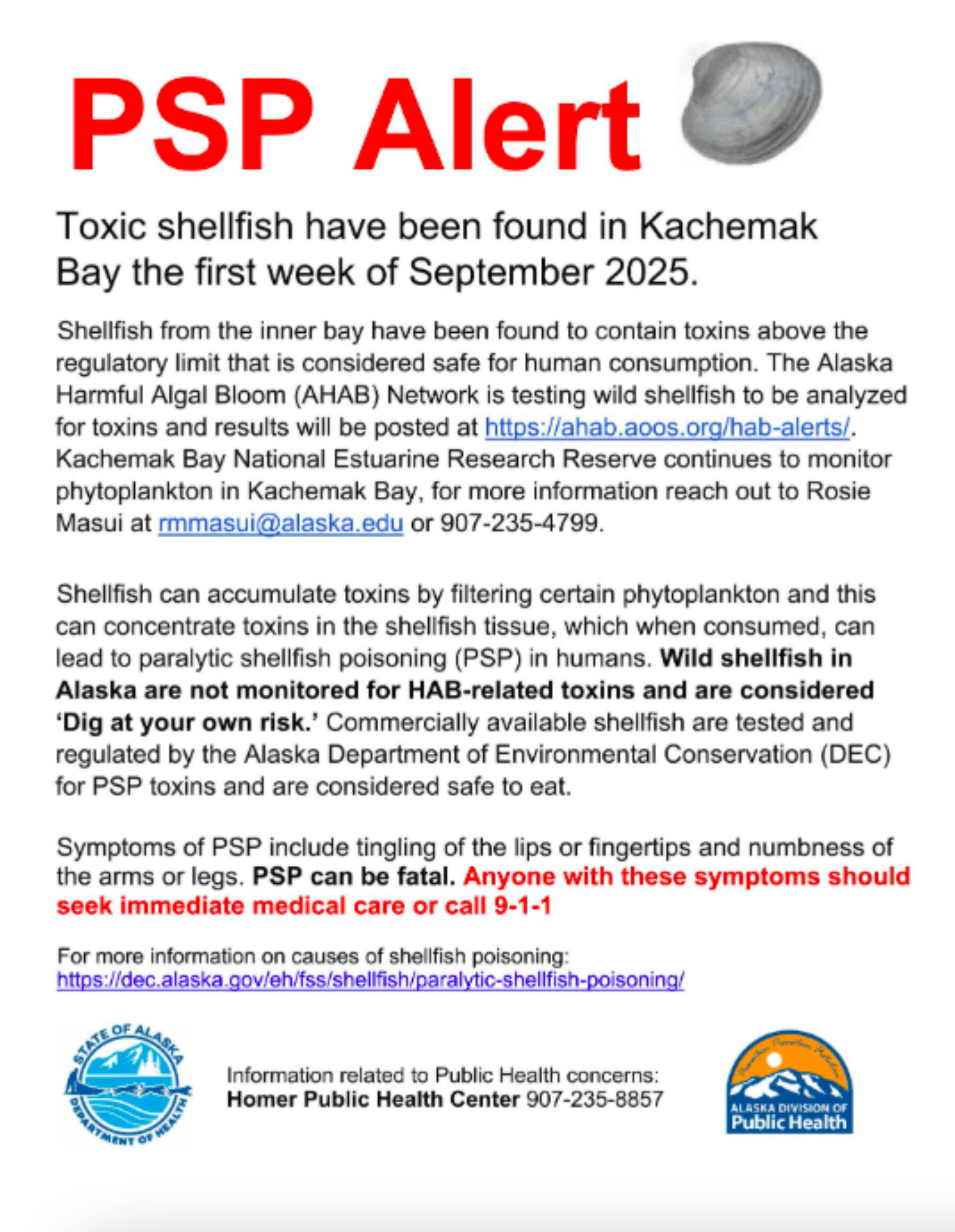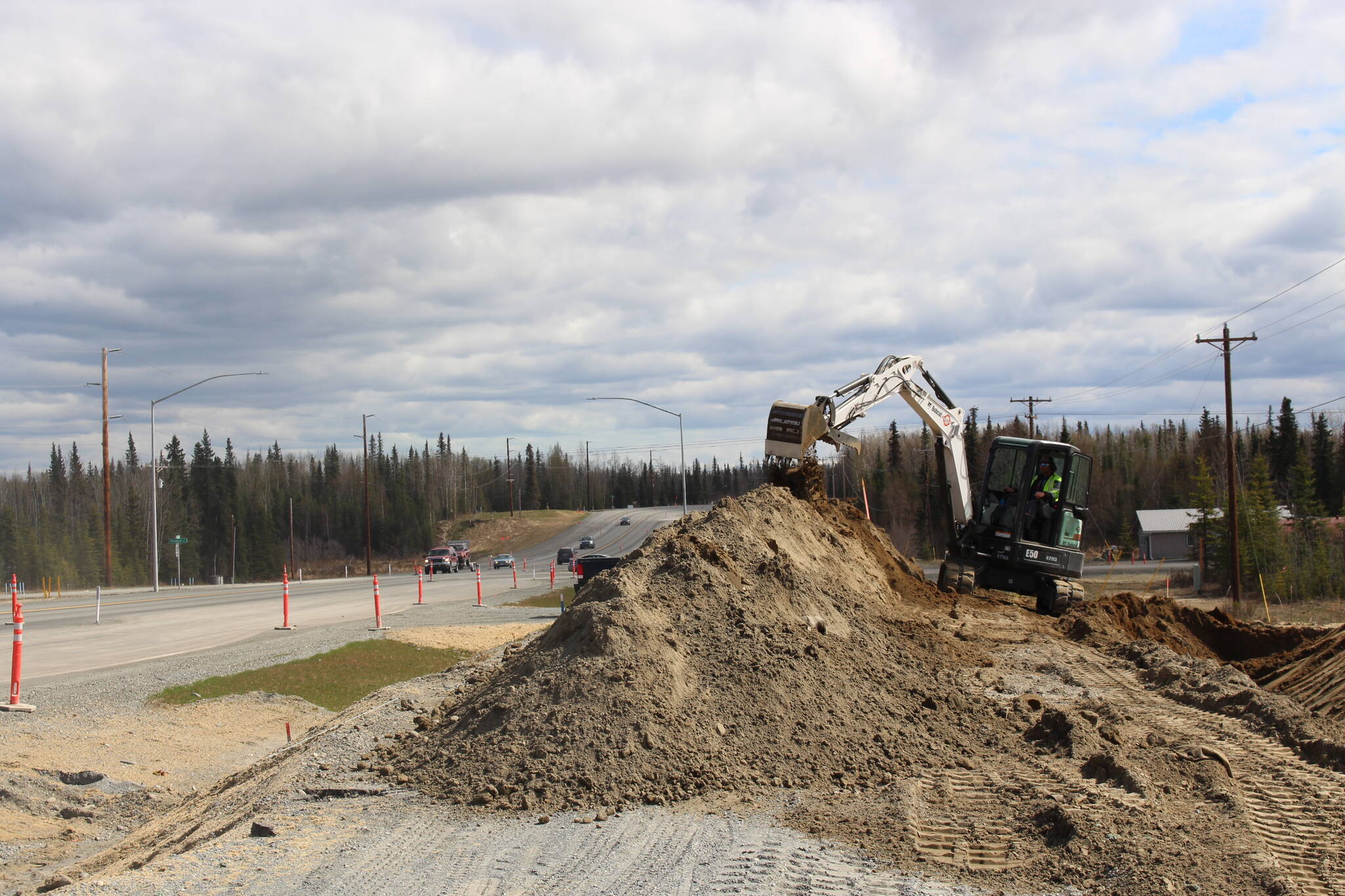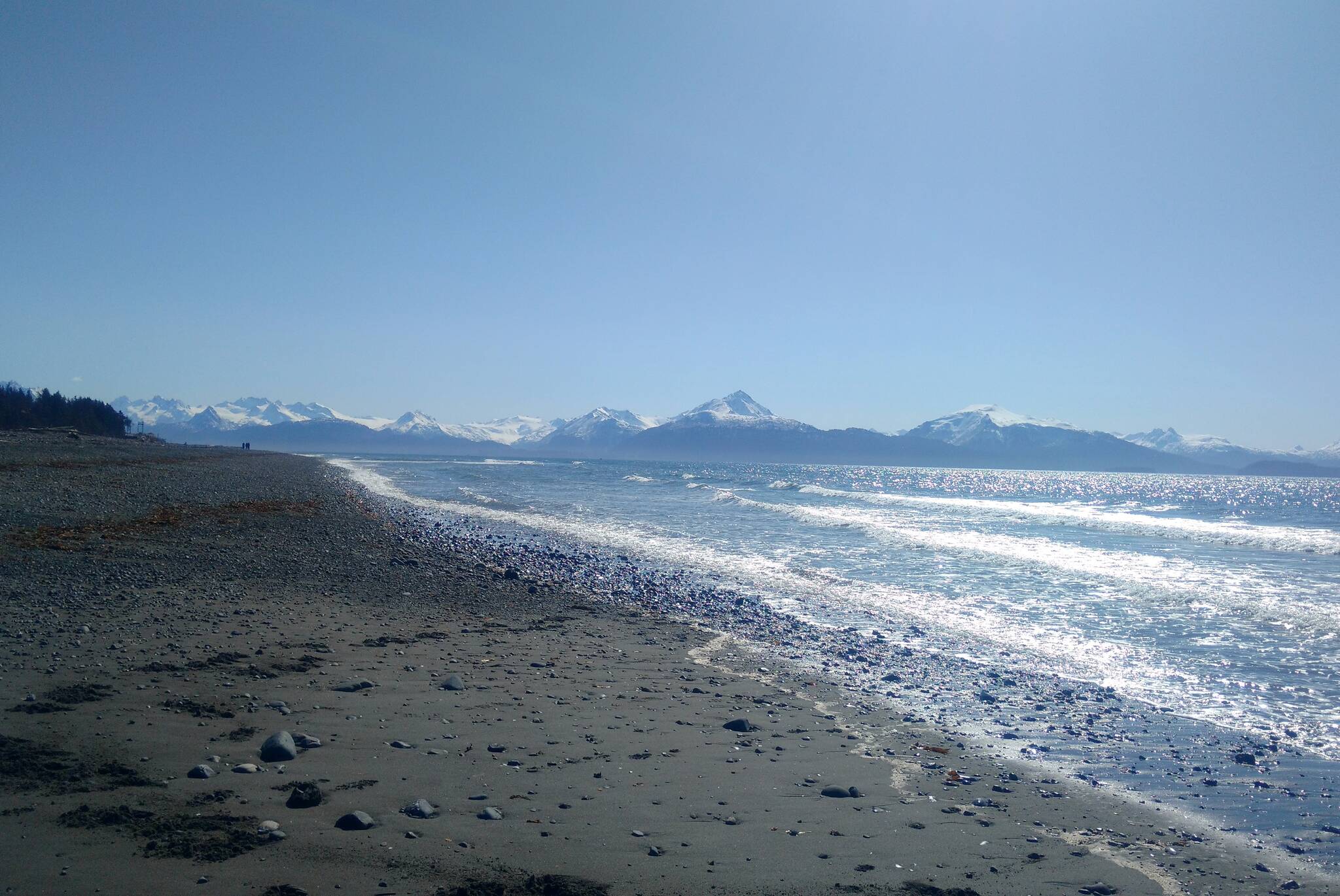Toxic shellfish were found within Kachemak Bay during the first week of September, according to an alert issued by the State of Alaska Department of Health and the Alaska Division of Public Health this week.
The alert states that shellfish from “the inner bay” have been found to contain amounts of toxins responsible for paralytic shellfish poisoning “above the regulatory limit that is considered safe for human consumption.” The Alaska Harmful Algal Bloom Network is currently testing and analyzing wild shellfish from Kachemak Bay for toxins, while Kachemak Bay National Estuarine Research Reserve continues to monitor phytoplankton levels in the bay. Results from the AHAB network will be shared online at ahab.aoos.org/hab-alerts/.
According to the Alaska Division of Environmental Health, there are no beaches that are certified or designated as “safe” beaches for shellfish harvesting in Alaska. All recreationally harvested shellfish — including clams, mussels, oysters, geoducks, and scallops — may contain paralytic shellfish toxin that, if ingested, can cause death. Wild shellfish in Alaska are not monitored for toxins related to harmful algal blooms, as Alaska is a harvest-at-your-own-risk state. Commercially purchased shellfish are regulated by the Alaska Department of Environmental Conservation and are considered safe due to testing.
Symptoms of paralytic shellfish poisoning include tingling in the lips and fingertips, numbing of the arms and legs, nausea, difficulty breathing, and even death. It is advised to get medical help immediately or call 911 if you experience nausea, vomiting, diarrhea, abdominal pain, tingling or burning lips, gums, tongue, face, neck, arms, legs, and toes, shortness of breath, dry mouth, a choking feeling, confused or slurred speech, and lack of coordination. To report paralytic shellfish poisoning cases, contact the Alaska Department of Health and Social Services, Section of Epidemiology at 907-269-8000, or 800-478-0084 after hours.
Additionally, the Alaska Division of Environmental Health warns that due to rising temperatures in the summer, bacteria levels also rise, causing particular concern about the possibility of species of Vibrio appearing. The bacteria can be inadvertently introduced to the body when harvesting and consuming untested shellfish, causing severe illness if ingested. According to the CDC, Vibrio kills around 1 in 5 people who contract the infection. There has been at least one confirmed case of Vibrio in Homer this summer, with the patient making a full recovery.
In July, bird deaths, marine mammal strandings, and phytoplankton blooms in Kachemak Bay sparked community concern about the potential presence of toxic algae blooms in Kachemak Bay. A July 25 press release from KBNERR stated that no domoic acid toxin, which is associated with amnesic shellfish poisoning, was detected in the provided samples of mussels.
For more information, you can reach out to the Homer Public Health Center at 195 E Bunnell Ave. C or by calling 907-235-8857.











